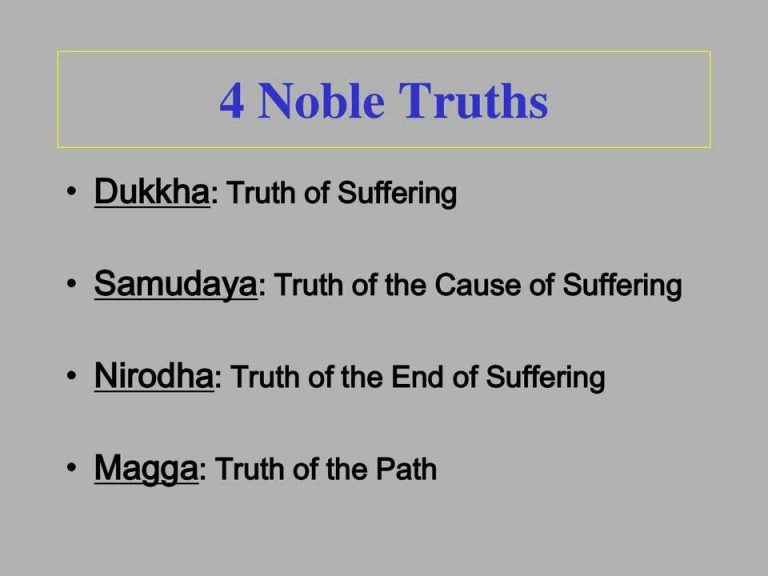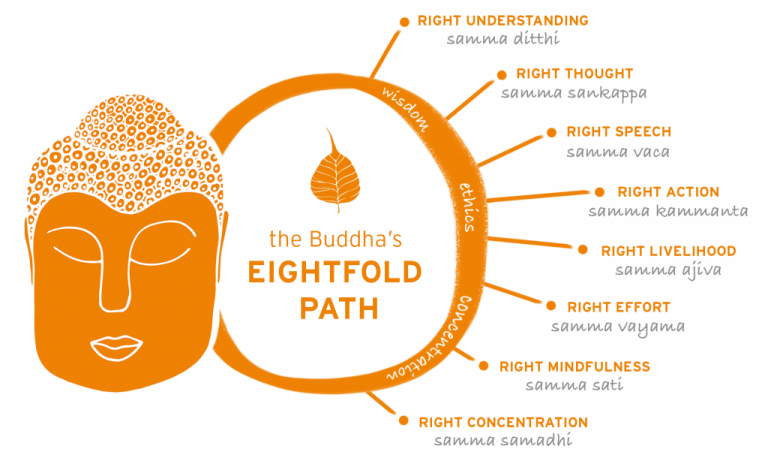
What is Buddhism?
Buddhism is a path of practice and spiritual development leading to Insight into the true nature of reality. Buddhist practices like meditation are means of changing yourself in order to develop the qualities of awareness, kindness, and wisdom.
The experience developed within the Buddhist tradition over thousands of years has created an incomparable resource for all those who wish to follow a path — a path which ultimately culminates in Enlightenment or Buddhahood.
An enlightened being sees the nature of reality absolutely clearly, just as it is, and lives fully and naturally in accordance with that vision. This is the goal of the Buddhist spiritual life, representing the end of suffering for anyone who attains it.
Because Buddhism does not include the idea of worshipping a creator god, some people do not see it as a religion in the normal, Western sense. The basic tenets of Buddhist teaching are straightforward and practical: nothing is fixed or permanent; actions have consequences; change is possible.
So Buddhism addresses itself to all people irrespective of race, nationality, caste, sexuality, or gender. It teaches practical methods which enable people to realize and use its teachings in order to transform their experience, to be fully responsible for their lives.
What is Buddhism?
What Is Buddhism?
Buddhism is variously understood as a religion, a philosophy, or a set of beliefs and practices based on the teachings of the Buddha, or “Awakened One”—the title given to the Indian spiritual seeker Siddhartha Gautama after he attained enlightenment more than 2,600 years ago.
The Buddha’s best-known teachings, the four noble truths and the eightfold path, describe the nature of human suffering and a way to liberate oneself from the existential pain of living and achieve nirvana.


The Four Noble Truths
The Four Noble Truths comprise the essence of Buddha’s teachings, though they leave much left unexplained. They are the truth of suffering, the truth of the cause of suffering, the truth of the end of suffering, and the truth of the path that leads to the end of suffering.
More simply put, suffering exists; it has a cause; it has an end; and it has a cause to bring about its end. The notion of suffering is not intended to convey a negative world view, but rather, a pragmatic perspective that deals with the world as it is, and attempts to rectify it. The concept of pleasure is not denied, but acknowledged as fleeting. Pursuit of pleasure can only continue what is ultimately an unquenchable thirst. The same logic belies an understanding of happiness. In the end, only aging, sickness, and death are certain and unavoidable.

The EightFold Path
Within the fourth noble truth is found the guide to the end of suffering: the noble eightfold path. The eight parts of the path to liberation are grouped into three essential elements of Buddhist practice—moral conduct, mental discipline, and wisdom. The Buddha taught the eightfold path in virtually all his discourses, and his directions are as clear and practical to his followers today as they were when he first gave them.
The Noble Eightfold Path
- Right understanding (Samma ditthi)
- Right thought (Samma sankappa)
- Right speech (Samma vaca)
- Right action (Samma kammanta)
- Right livelihood (Samma ajiva)
- Right effort (Samma vayama)
- Right mindfulness (Samma sati)
- Right concentration (Samma samadhi)

Buddhism in Action!

Master Shi Heng Yi

